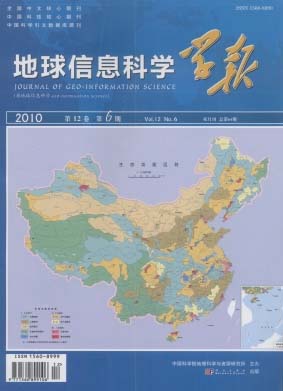ARTICLES
HU Shunguang, ZHANG Zengxiang, XIA Kuiju
2010, 12(6): 870-879.
China South-western karst rocky desertification has been more and more concerned due to its increasingly far-ranging influence on economical society and ecological environment.By remote sensing,a wide range of rocky desertification information can be practicably obtained.However,information extraction of rocky desertification based on remote sensing is not just an isolated technology,but a process of comprehensive analysis and feedback.To further explore the technology on information extraction of rocky desertification,this paper is mainly related to illustrating current developing of information extraction technology on rocky desertification,and on the basis of this,a new strategy for information extraction of rocky desertification has been raised.Specifically,we firstly analyze current researches of rocky desertification classification system,and then make a comparison between karst area and rocky desertification region.Furthermore,we illustrate the relationship between land use and rocky desertification,and summarize the current key technology of extracting rocky desertification information.Finally,we have drawn four aspects of conclusions as following: Firstly,due to huge differences in the aspects of classification amount,classification index and classification regions in current classification system of rocky desertification,it is useful to introduce the scale division method into the system,which can unify different classification types of rocky desertification levels.Secondly,the content-based characteristic discerned algorithm is a helpful research taste for karst area extracting,which can raise the precision of extracting rocky desertification information at last.Thirdly,it is an important way to transfer land use vector data into rocky desertification information by rationally using the corresponding relationship between different types of land use data and different rocky desertification levels.Fourthly,traditional research methods that building rocky desertification symbol,improving vegetation index model or establishing spectrum relationship model to extract rocky desertification information cannot well compromise the comprehensive characteristics of rocky desertification,so an extraction method based on rocky desertification comprehensive index has been put forward as a result.
